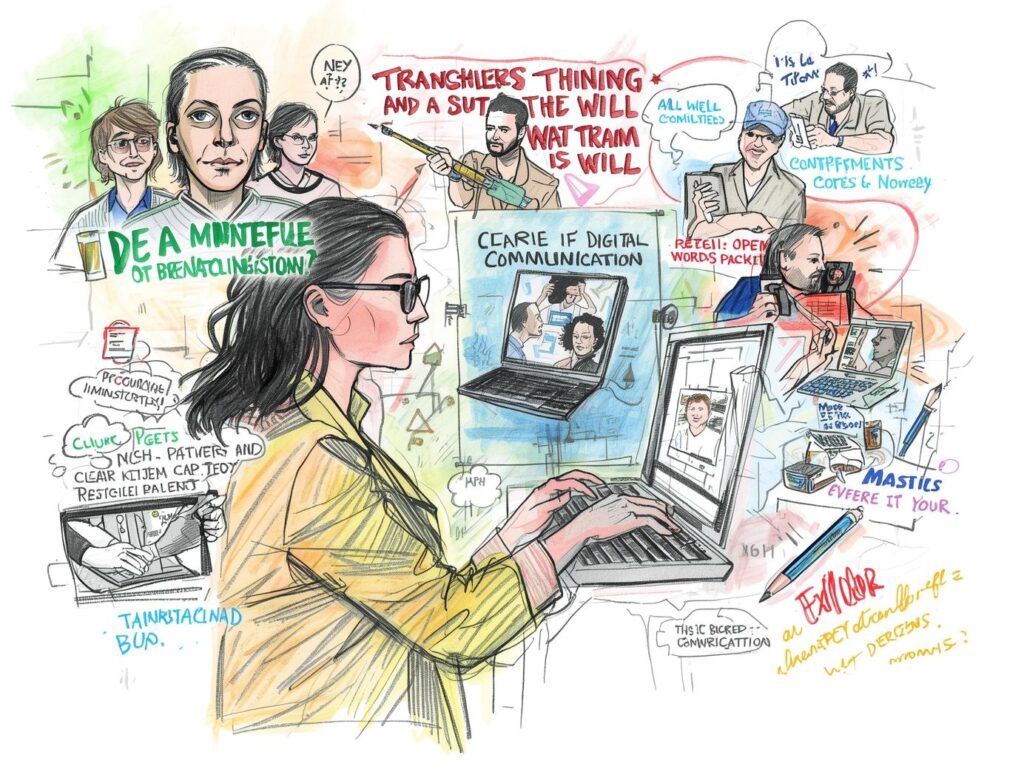Introduction
In the digital age, citizens are increasingly empowered to participate in governance, decision-making, and community development through technology. Digital platforms for civic participation and transparency bridge the gap between governments, organizations, and communities, fostering accountability, engagement, and social innovation.
At CHUYA SONCCO, we recognize the transformative power of these platforms to strengthen democracy, promote inclusion, and enhance public trust in institutions across Peru and Latin America.

What Are Digital Civic Platforms?
Digital civic platforms are online tools, apps, and portals that enable:
- Citizen engagement in policymaking, budgeting, and community initiatives.
- Transparency in public spending, project monitoring, and governance processes.
- Collaboration between civil society, local governments, and organizations.
These platforms range from crowdsourcing apps and participatory budgeting tools to open data portals and social innovation networks.
Applications for Civic Participation
1. Participatory Budgeting
- Citizens can propose, vote, and monitor public projects online.
- Enhances transparency, accountability, and alignment with community priorities.
2. Community Feedback and Engagement
- Platforms enable residents to report issues, provide suggestions, and collaborate on solutions.
- Example: Apps for reporting infrastructure problems, environmental hazards, or social needs.
3. Digital Town Halls and Consultations
- Virtual meetings allow communities to interact with policymakers regardless of geographic location.
- Promotes inclusive participation for youth, women, and marginalized populations.
4. Open Data and Transparency Portals
- Governments and NGOs can publish budgets, contracts, and project results openly online.
- Citizens can track progress, evaluate outcomes, and hold institutions accountable.
5. Social Innovation and Crowdsourcing Platforms
- Communities can collaborate on solving local challenges using digital tools.
- Example: Crowdsourcing ideas for sustainable urban planning or community health programs.
Benefits of Digital Civic Platforms
- Enhanced Transparency
- Citizens gain access to real-time information on government actions and resource allocation.
- Increased Citizen Engagement
- Tools empower individuals to actively participate in decision-making and community initiatives.
- Inclusivity
- Platforms bridge geographical, social, and economic divides, allowing broader participation.
- Evidence-Based Governance
- Data collected from citizen input informs policy-making and service delivery.
- Trust and Accountability
- Transparency fosters public trust and encourages responsible governance.
Challenges and Considerations
1. Digital Divide
- Access to devices and internet connectivity is unequal across regions, limiting participation.
2. Digital Literacy
- Citizens need training and support to effectively use civic platforms.
3. Data Privacy and Security
- Platforms must protect sensitive user data and ensure ethical use.
4. Government and Institutional Buy-In
- Success requires commitment from authorities to act on citizen input and maintain transparency.
5. Sustained Engagement
- Keeping communities engaged over time requires user-friendly interfaces, incentives, and visible impact.

The Role of CHUYA SONCCO
CHUYA SONCCO promotes digital civic participation and transparency by:
- Developing Digital Platforms
- Creating tools for participatory budgeting, project monitoring, and community engagement.
- Capacity Building and Training
- Teaching citizens, youth, and community leaders how to use digital platforms effectively.
- Promoting Inclusive Participation
- Ensuring women, youth, rural, and marginalized communities have access to tools and resources.
- Monitoring and Evaluation
- Using analytics to track civic engagement, policy outcomes, and social impact.
- Collaboration with Stakeholders
- Partnering with governments, NGOs, and tech organizations to enhance platform reach and effectiveness.
Conclusion
Digital platforms for civic participation and transparency are powerful instruments for building stronger, more accountable, and inclusive societies. By leveraging technology, communities can influence policy, monitor public projects, and collaborate on innovative solutions.
CHUYA SONCCO is committed to empowering citizens with digital tools, training, and support, fostering a culture of participation, transparency, and civic responsibility. Through these initiatives, technology becomes not just a tool for efficiency, but a catalyst for democratic engagement and social transformation.





